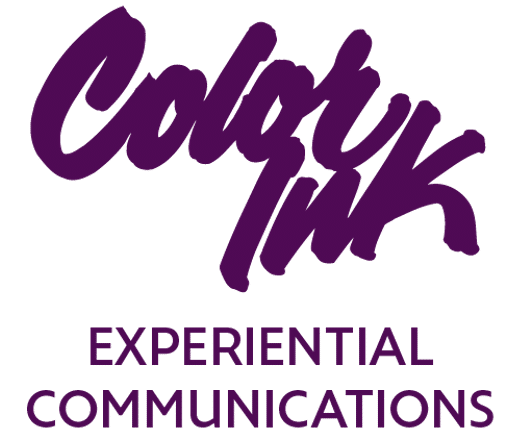In the dynamic landscape of marketing, where trends evolve at a rapid pace, the marriage of traditional lithography with cutting-edge digital print and finishing methods has emerged as a game-changer. As businesses seek to captivate their audience with visually stunning and personalized materials, the adoption of digital techniques has become essential. In this blog post, we’ll explore how the integration of digital print and finishing methods complements traditional lithography, propelling marketing efforts into the modern age.
The Evolution of Lithography
Lithography, a printing technique dating back to the late 18th century, has long been the backbone of the print industry.
Characterized by the use of oil and water-based inks on a flat surface, lithography has delivered consistent and high-quality results for centuries. However, the demands of the contemporary market have given rise to the need for more flexible, cost-effective, and personalized solutions.
Next, Enter Digital Print
Digital printing technology has revolutionized the way marketers approach their collateral. With the ability to produce short runs, customize content, and achieve rapid turnaround times, digital print offers a level of agility that lithography struggles to match. This newfound flexibility allows businesses to respond swiftly to market trends, tailor their messaging, and conduct targeted campaigns with precision.
3 Benefits of Digital Print in Marketing
1. Cost-Effectiveness
Digital printing eliminates the need for expensive setup processes associated with lithography. Businesses can print smaller quantities without incurring substantial upfront costs, making it a cost-effective solution for targeted marketing initiatives.
2. Personalization
In the age of personalization, consumers crave tailored experiences. Digital printing allows marketers to create customized materials, incorporating variable data such as names, images, and personalized messages. This level of personalization enhances engagement and strengthens the connection between brands and their audience.
3. Quick Turnaround
Time is of the essence in the modern marketing landscape. Digital print’s quick turnaround times empower businesses to respond rapidly to market changes, ensuring their campaigns remain relevant and impactful.
Enhancing Output with Digital Finishing
While digital printing has undoubtedly modernized the print industry, the integration of advanced finishing methods further elevates the final product. Digital finishing techniques, such as embossing, foiling, and UV coating, add a tactile and visual dimension to printed materials, creating a sensory experience for the audience.
The Marriage of Tradition and Innovation
By combining traditional lithography with digital print and finishing methods, businesses can leverage the strengths of each technique. Lithography provides the foundation for large-scale, high-quality prints, while digital methods offer unparalleled customization and agility. The result is a harmonious blend that meets the diverse needs of the modern marketer.
As we navigate the ever-evolving landscape of marketing, the adoption of digital print and finishing methods alongside traditional lithography proves to be a winning strategy. This synergy allows businesses to strike the perfect balance between quality, flexibility, and personalization, ensuring their marketing materials stand out in a crowded marketplace. Embracing the best of both worlds, businesses can stay ahead of the curve and leave a lasting impression on their audience.
